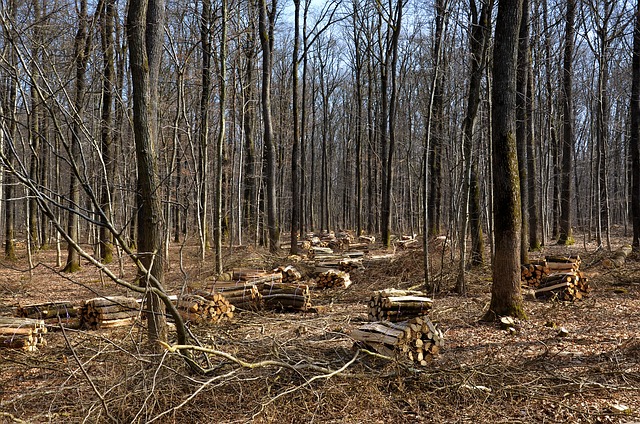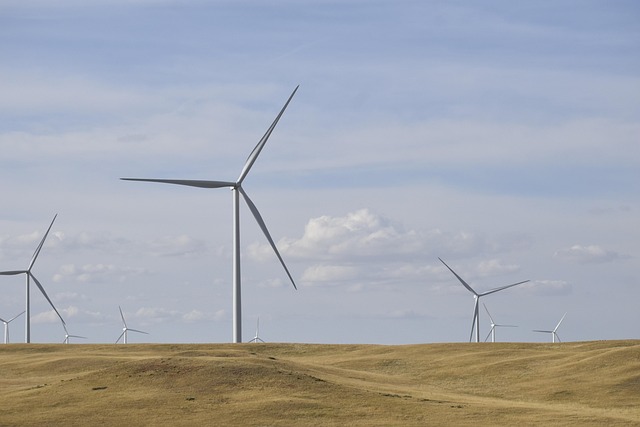
Circular Economy for Tengerszint Climate Change Solutions
Climate change has turned the rising sea level from a distant threat into an urgent reality. In the low‑lying coastal zones of the Netherlands, the Tengerszint project has become a living laboratory for how resilient, low‑carbon communities can thrive amid increasing flooding risk. At the heart of this experiment lies a powerful, but often overlooked, approach: the circular economy. By designing out waste, keeping resources in use, and re‑imagining the relationship between industry, the natural environment, and society, circular strategies promise to reduce emissions, safeguard ecosystems, and empower local stakeholders.
The Sea‑Level Challenge in the Tengerszint Region
The Netherlands has long been a pioneer in water management, but the recent acceleration of sea‑level rise has pushed even its most sophisticated dikes to the limit. The Tengerszint area, spanning the North Sea coast and the adjacent inland waterways, faces a compounded threat: not only does higher water bring more frequent inundation, but the associated saltwater intrusion threatens freshwater supplies and agricultural productivity. Traditional solutions—brick‑and‑mortar dikes and hard infrastructure—are costly and often lack the flexibility needed to respond to climate shocks.
In this context, resilience is no longer a luxury but a necessity. Communities must balance the need to protect lives and livelihoods with the imperative to limit greenhouse‑gas emissions and preserve marine biodiversity. The circular economy offers a framework that can achieve both aims by re‑thinking how we generate, consume, and dispose of goods and services.
Circular Economy as a Climate Solution
The circular economy is more than a buzzword; it is a systematic approach to reducing the environmental footprint of human activity. By embracing principles such as “design for longevity,” “resource recovery,” and “closed‑loop supply chains,” we can cut emissions across the entire lifecycle of products—from extraction to disposal.
- Reduced extraction: Reusing existing materials diminishes the need for raw‑material mining, which is often a major source of carbon emissions.
- Energy savings: Manufacturing new items from recycled inputs typically requires less energy than producing from virgin resources.
- Lower waste: By extending product life, we reduce the volume of waste that would otherwise end up in landfills or incinerators, curbing methane production.
When applied to coastal protection, circular principles can transform hard engineering into a symbiotic relationship with nature. For instance, instead of building a massive seawall that displaces natural habitats, a community might invest in a “living shore” that incorporates mangroves, tidal wetlands, and recycled materials. These natural systems act as buffers against storm surges while also providing habitat, water purification, and carbon sequestration.
Case Studies in the Tengerszint Region
Three pilot projects illustrate how circular economy thinking can be embedded in climate‑resilient coastal planning.
1. Recycled Aggregate Dikes
Local engineers partnered with construction firms to replace conventional concrete aggregates with crushed recycled glass and concrete. This closed‑loop process not only reduced the demand for virgin gravel but also lowered the embodied carbon of new dike segments. Over a ten‑year monitoring period, the recycled‑aggregate dikes maintained structural integrity while supporting local biodiversity along the edge.
“By turning waste into a valuable building material, we closed a loop that benefits both the environment and the economy,” says a project lead from the municipality of Hoorn.
2. Floating Renewable Energy Pods
In the shallow estuaries of the Tengerszint area, floating solar panels and wind turbines are being deployed on floating platforms that double as habitats for fish and bird species. These pods generate clean energy, reduce reliance on imported fossil fuels, and provide an additional layer of protection against tidal surges. The modular design allows easy recycling of the floating components at the end of their life cycle.
3. Circular Food Production Networks
Coastal farms are experimenting with algae and seaweed cultivation that utilizes excess nutrients from aquaculture. The harvested biomass is processed into bio‑fertilizers and biodegradable packaging, closing the nutrient loop and reducing chemical fertilizer usage. By creating a closed ecosystem, farmers not only reduce their carbon footprint but also create new revenue streams.
Policy and Community Action
For circular initiatives to scale, supportive policies and engaged communities are essential.
- Incentivizing circular design: Local governments can offer tax breaks or expedited permitting for projects that incorporate recycled materials or renewable energy solutions.
- Education and capacity building: Workshops that teach residents how to repair and upcycle household items can reduce consumption and create a culture of reuse.
- Public‑private partnerships: By aligning the objectives of municipalities, businesses, and NGOs, large‑scale circular projects—such as coastal wetlands restoration—can receive the funding and expertise required.
Community engagement is particularly vital in Tengerszint, where the sea and the land are intimately connected to daily life. Participatory mapping of vulnerability zones, for example, allows residents to identify priority areas for green infrastructure, ensuring that projects reflect local knowledge and needs.
Future Outlook
The convergence of climate urgency and circular economy principles signals a transformative era for coastal communities. By integrating recycled materials into infrastructure, harnessing renewable energy from the sea, and establishing closed‑loop agricultural systems, the Tengerszint region is charting a path toward sustainable resilience.
While challenges remain—such as the upfront cost of circular technologies and the need for robust regulatory frameworks—ongoing research and pilot projects are already demonstrating tangible benefits. If the momentum of these initiatives continues, the circular economy may well become the cornerstone of climate adaptation worldwide, turning the tide against sea‑level rise while fostering a regenerative relationship between humanity and the planet.



